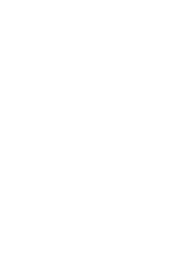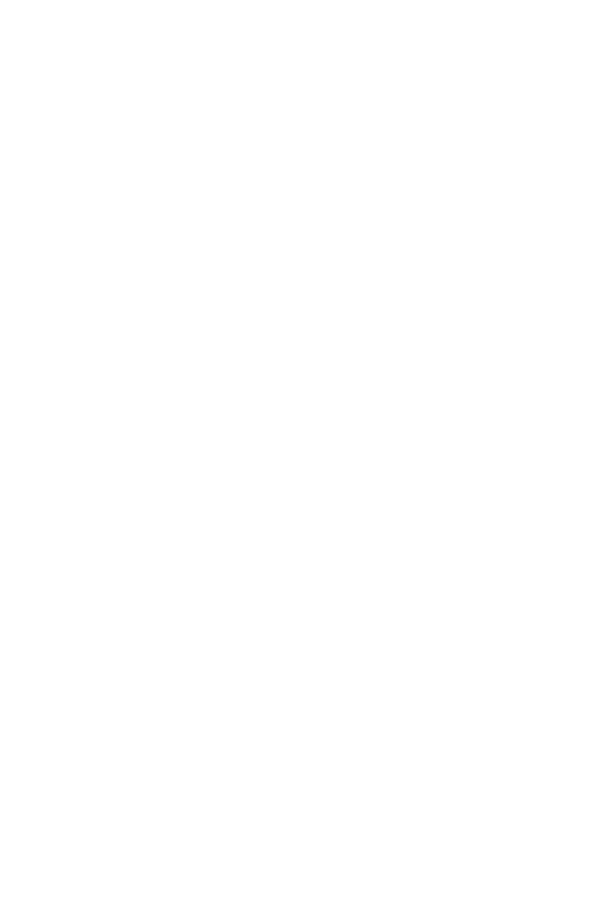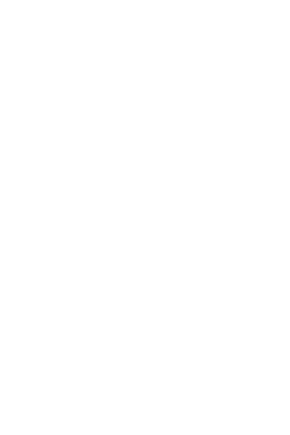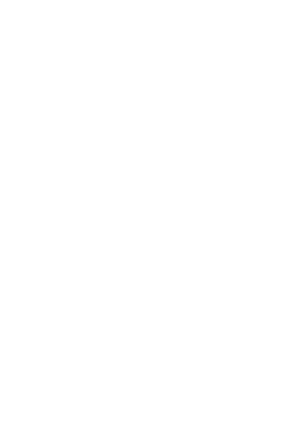 |
 |
 |

|
Ronan and Erwan Bouroullec's Gabriel Chandelier
©Studio Bouroullec
The first permanent contemporary artwork in Versailles.
Majestic new Swarovski chandelier by Ronan &
Erwan Bouroullec to illuminate Gabriel staircase at Palace of Versailles.
KEY DATA:
- 3 YEARS OF R&D
- 800 SWAROVSKI CRYSTAL
PIECES
- HEIGHT 12 M
- WEIGHT: 1/2 TONNE
- 3 000 KELVIN LED TECHNOLOGY
|
|
 |
MAJESTIC CHANDELIER BY RONAN & ERWAN BO UROULLEC
TO ILLUMINATE GABRIEL STAIRCASE AT PALACE OF VERSAILLES
Swarovski and the Palace of Versailles
A dramatic new chandelier created by Ronan and Erwan Bouroullec with the support and expertise of Swarovski will light up the entrance to the King’s Grand Apartments at the Palace of Versailles from November 2013.
Ronan & Erwan Bouroullec won the commission through a competition launched in 2011 by the Public Administration of the Palace, Museum and State Property Department for Versailles to create a permanent mobile artwork to adorn and illuminate the grand Gabriel Staircase at the main entrance to the palace.
The award-winning designers created a majestic chandelier made of Swarovski crystal whose sweeping grace and modern lines integrate harmoniously with the historically charged location. The piece, which is over 12 metres high, is suspended in loops from the ceiling like a luminous transparent chain. It comprises three interlacing strands, each made of hundreds of Swarovski crystals illuminated by luminous LED light-sources which diffuse a gentle, continuous and encircling light. These immense, supple lines form an organic design ruled by the laws of gravity which each viewer
will experience differently as they gradually ascend the two flights
of steps of the Staircase.
|

|
Posted 3 March 2014
|
Share this:
|
|
To create the chandelier, the designers chose crystal, the material traditionally used in the making of chandeliers for ceremonial rooms, in order to establish a strong link between the past and the present. They called upon the expertise and technological mastery of Swarovski, the prestigious Austrian crystal business, which has a longstanding collaborative relationship with the brothers and has supported the Palace of Versailles for more than 30 years.
Ronan and Erwan Bouroullec’s creation is a delicate yet complex alliance of crystal and innovative lighting, two areas in which Swarovski has long become the point of reference. The project forms part of Swarovski’s major programme of cultural support and ongoing patronage of art and design.
The Gabriel Staircase, a monumental space conceived by Ange- Jacques Gabriel in 1772, was never completed. Work resumed in the 1980s, but the finished staircase lacked a focal point.
The installation of the ‘Gabriel Chandelier’ in November will enrich these historic surroundings, emphasizing the entrance to the Grand Apartments whilst preserving the unique nature of the space.
|
|
|
|
|
|
|

Ronan and Erwan Bouroullec's Gabriel Chandelier
(©Studio Bouroullec)
|
|
|
|
|

|

|

|
Ronan and Erwan Bouroullec Biography
Additional Information
www.bouroullec.com
Ronan (born 1971) and Erwan Bouroullec (born 1976) are brothers and designers based in Paris. They have been working together for about fifteen years bonded by diligence and challenged by their distinct personalities. Their studio is based in Paris.
In 1997, they were spotted by Cappellini, giving them their first industrial design projects. They began working with the Galerie kreo in 2000 and had their first solo show there in 2001. Issey Miyake then hired them to design the boutique to house his new collection « A-Poc ». They met then Rolf Felhbaum, President of Vitra, and worked on a new office system entitled « Joyn». Since then, they have gone on to work with Alessi, Axor Hansgrohe, Cappellini, Established & Sons, Flos, Hay, Kvadrat, Kartell, Ligne Roset, Magis, Mattiazzi, Mutina, Nani Marquina and Vitra.
From designing spaces to furniture to accessories, taking on architectural projects to designing textile wall systems or comprehensive collections, the designers maintain experimental activity with Gallery kreo, which is also essential to the development of their work.
Designs of the Ronan and Erwan Bouroullec are part of select international museums’ permanent collections such as the Musée National d’Art Moderne – Centre Pompidou and the Musée des Arts Décoratifs in Paris, the Museum of Modern Art in New York, the Art Institute of Chicago, the Design Museum in London, and the Museum Boijmans van Beuningen in Rotterdam. Several monographic exhibitions have been devoted to their work: “Ronan and Erwan Bouroullec” at the Design Museum, London (2002) and “Ronan and Erwan Bouroullec” at the Museum of Contemporary Art, Los Angeles (2004), “Album” at the Vitra Design Museum (2012) and “Bivouac” at the Centre Pompidou Metz (2012) and then at the Museum of Contemporary Art in Chicago (2012-2013). In 2013, the Arts Décoratifs, Paris presented “Momentané”.
A comprehensive monograph was released in 2012, Works, Phaidon Press. In 2013, under the art direction of Cornel Windlin, JRP Ringier published a 864-page paperback book called Drawing that collects more than 850 drawings that Ronan and Erwan Bouroullec made between 2005 and 2012. In the past, two monographs have been published about the design of Ronan and Erwan Bouroullec including Works published by Phaidon Press (2012) and Ronan et Erwan Bouroullec – Catalogue
de Raison
|
|

Ronan and Erwan Bouroullec's Gabriel Chandelier
(©Studio Bouroullec)
|
|
|
|
|
|
|
INTERVIEW WITH NADJA SWAROVSKI
What are your thoughts on Ronan and Erwan Bouroullec’s Chandelier for the Gabriel Staircase at the Palace of Versailles, which was developed and produced by Swarovski?
“Swarovski is proud and honoured to have provided its support and expertise to this amazing project. The Bouroullec brothers’ exquisite creation and its positioning in the Gabriel Staircase will, I think, make it an iconic feature of the Palace of Versailles. Swarovski has enjoyed a long relationship with the Palace of Versailles as part of its programme of cultural support, in particular assisting on restoration projects. We are delighted to move into a new stage in this relationship today with our commitment to the most innovative contemporary design.”
How did the collaboration between the Bouroullec brothers
and the Swarovski workshops come about?
“Ronan and Erwan Bouroullec approached us to assist them in the development of the Gabriel Chandelier. We said yes immediately, not least because we had already had the opportunity to collaborate with them in the past. Our engineers put their creative talent and research expertise at the Bouroullecs’ disposal, and made possible an artistic response to the brief which is a real technical feat in the way the light is inserted into the cut crystal. Fortunately, Swarovski shared with the Bouroullecs both a passion for detail and a vision of how to approach this project. Since the brief was for a permanent work, the challenge was to come up with a creative solution that was both contemporary and appropriate for this iconic space.”
This Gabriel Chandelier relies on a device of great technical complexity which is invisible to the naked eye.
Nadja Swarovski.
Interview with the member of Swarovski Executive Board.
Was this a challenge for Swarovski?
“For Swarovski, research in pursuit of constant innovation is a daily challenge. The project was particularly complex because it relies on technology specially created for this piece of lighting, where each micro detail plays a fundamental role. No detail could be neglected because it would be immediately visible, so the project required very close collaboration between our teams and the designers’ studio.
It was a totally new undertaking that required a lot of research and experimentation to achieve a result that was both technically and aesthetically successful. We all thought that it was achievable, but it was not obvious when we embarked upon the adventure.”
Swarovski and the Swarovski Foundation are increasing their support and partnerships with institutions as well as with artists and designers. How do you choose which projects to support?
“The Swarovski Foundation has three main pillars of activity – fostering creativity and culture, promoting wellbeing and human rights and conserving natural resources. These are areas of humanitarian support that are part of the company’s heritage, so it felt like a natural evolution to build on this by establishing the Foundation. The Trustees select projects where we think we can make a real, concrete difference. In the realm of creativity and culture, we support institutions in order to leave a rich cultural legacy for future generations whilst nurturing and supporting creative talent by funding projects which promote artistic inspiration in art, design, fashion, theatre and film. For example, earlier this year we stepped in to assist in the restoration of the statue of St George on top of the dome of the Basilica di San Giorgio Maggiore in Venice. And within the basilica we also presented an extraordinary crystal artwork, ‘Perspectives’, by designer John Pawson as part of the Venice
Biennale.
This summer we also collaborated with Zaha Hadid on an installation celebrating the 20th anniversary of the completion of her first completed building, the Fire Station at Vitra Design Museum, Weilam- Rhein, in Germany. Swarovski is also one of the founding partners of the new Palais de Tokyo in Paris, which aims to bring new works by contemporary artists to a broader public. Swarovski’s commitment to culture is driven by the recognition that artists and designers embody the values the company has upheld from its beginnings – creativity, experimentation and innovation.”
Before their collaboration to create the Chandelier for the Gabriel
Staircase at the Palace of Versailles, Ronan and Erwan Bouroullec had previously been invited by Nadja Swarovski to participate in the design innovation project ‘Swarovski Crystal Palace’.
In 2007 Ronan and Erwan Bouroullec created Caillou, a small, pebble-shaped block of cut crystal containing an invisible light source inserted into a chrome envelope, thus giving the illusion that it is empty. The Caillou emits a delicate light which is illuminated or extinguished by touch, and which is rechargeable, thanks to a hidden integrated battery allowing it to remain lit for ten hours. Caillou is a perfect marriage of simplicity and functionality, but it is also charged with magic and mystery because its radiance and power source remain hidden.
What started as a mission to reinvent the chandelier for the 21st century quickly evolved into a fascinating journey of discovery, with designers and architects such as Karim Rashid, Ron Arad, Tom Dixon, Matali Crasset, Diller Scofidio + Renfro, Ingo Maurer, Hussein Chalayan and Arik Levy all creating lighting pieces that pushed the boundaries of design and crystal use.
|
|

|

|

|

Ronan and Erwan Bouroullec's Gabriel Chandelier
(©Studio Bouroullec)
|
|
INTERVIEW WITH CATHERINE PÉGARD
How did the project begin?
Jean-Jacques Aillagon had wanted a contemporary creation to decorate the staircase completed in 1985 in accordance with the plans of Ange-Jacques Gabriel. I wanted to pursue this project which was entrusted in January 2011 to the designers Ronan and Erwan Bouroullec following a competition which brought together a field of fifteen candidates. I remember that a few weeks after my arrival at Versailles, Ronan and Erwan Bouroullec came to me to submit the beautiful and perfect sketch of the piece of lighting which we see here today…
How did you see the collaboration with the Bouroullecs and
Swarovski for the creation of the piece of lighting?
Ronan and Erwan Bouroullec chose crystal as the main material for this work of great complexity underlying apparent simplicity. It seems natural to me that they called upon Swarovski to assist in a work of such high technical demand. The knowledge that Swarovski has of our heritage only added to the legendary efficiency of this company.
Around this original project is woven a special connection between the teams of the Palace, the Bouroullec brothers and Swarovski, born of the same demanding passion for this place.
How do you think the designers’ moveable work is going to be received by the public? What does this project represent for the Palace?
We wanted to emphasise a heritage space charged with history and which, at the same time, has the peculiarity of not being “historic”. This chandelier, by its very lines, is a type of connection between heritage and modernity. Light, omnipresent here at Versailles, comes in the form of this piece of lighting to emphasise the Gabriel staircase permanently.
How would you define Swarovski patronage at the Palace of Versailles?
One word comes to mind: loyalty. For almost 30 years Swarovski has supported the Palace of Versailles. Swarovski’s many acts of patronage have in particular enabled not only the lighting of the King’s Chamber in 1980 and Madame de Pompadour’s apartments in 2000, but also a number of exhibitions, such as Madame de Pompadour and the arts in 2002, Kang-Xi, Emperor of China in 2004, and 100 Years, 100 Objects in 2007. In 2011, the teams at the Swarovski laboratories developed a crystal LED candle which reproduces the appearance of the traditional flames of the 18th century. The most cutting-edge technology now enables us to
evoke in the most realistic and elegant way the ambience of life at Court in the royal apartments.
Interview with Catherine Pégard, President of Palace, Museum and State Property Department for Versailles.
© Thierry Bouet
|
|
|
|
|
|
|
|
|
|


